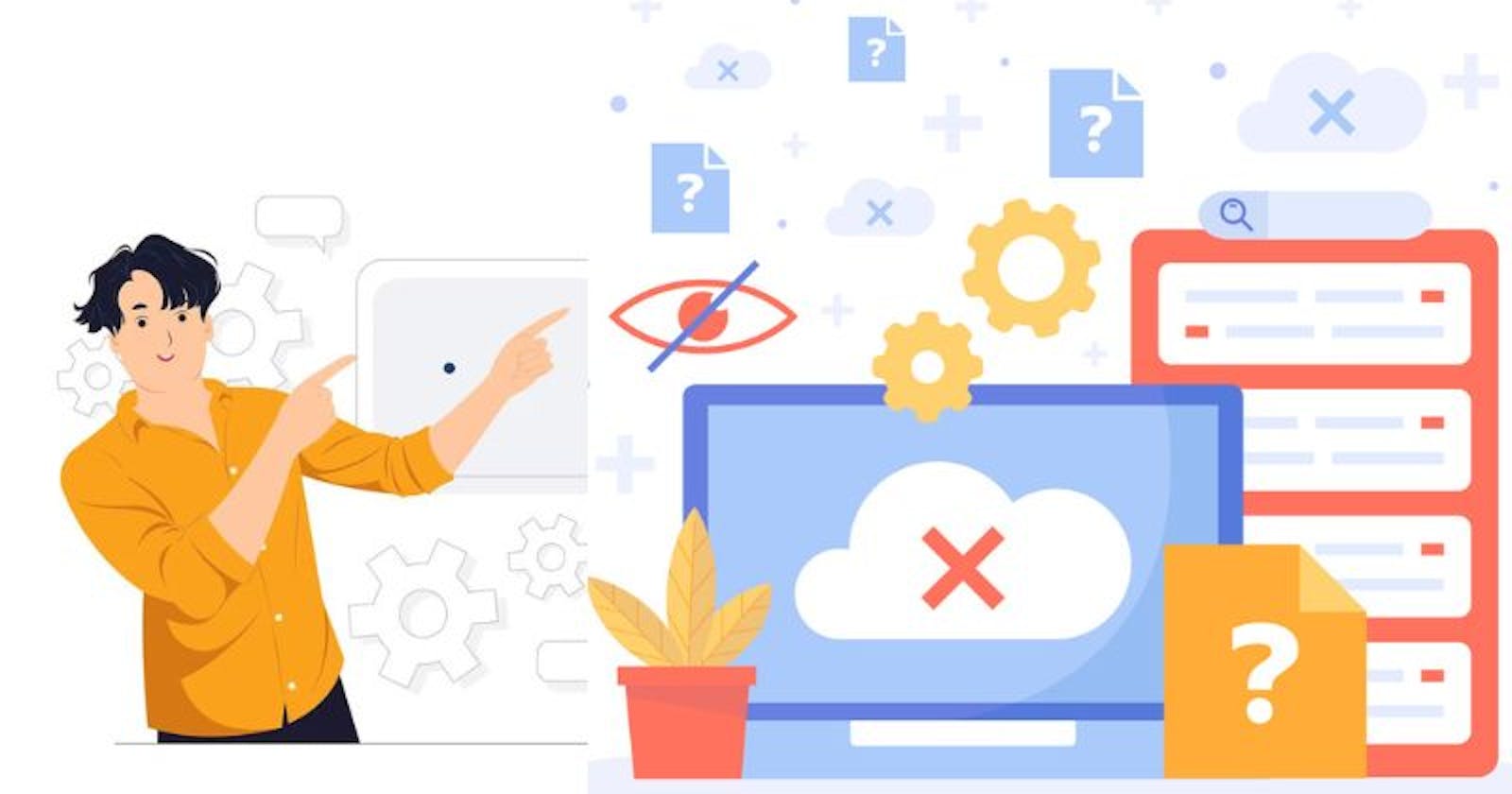Troubleshooting 101: Navigating Common Challenges in Page Builder Development
Introduction: Unraveling the Complexities of Page Builder Development
Embarking on the journey of page builder development opens up a world of possibilities, but not without its share of challenges. This guide serves as a comprehensive Troubleshooting 101, unraveling common issues developers might encounter when using page builders and providing effective solutions to ensure a smooth and efficient development process.
1. Challenge: Cross-Browser Inconsistencies
Issue: Pages may display differently across various browsers, leading to inconsistencies in design and functionality.
Solution: Perform thorough cross-browser testing. Identify and address specific CSS styles or scripts that may behave differently on different browsers. Utilize browser developer tools to debug and refine styles for optimal compatibility.
2. Challenge: Responsive Design Quirks
Issue: Responsive design may present unexpected quirks, such as elements not stacking correctly or images not scaling appropriately on smaller screens.
Solution: Leverage the mobile preview features in page builders to identify and resolve responsive design issues. Adjust layout settings, utilize flexible grid systems, and employ media queries to ensure a seamless and visually appealing experience across devices.
3. Challenge: Plugin and Theme Compatibility Issues
Issue: Some page builders may experience conflicts with certain plugins or themes, resulting in unexpected behavior or errors.
Solution: Ensure that all plugins and themes are up-to-date and compatible with the chosen page builder. Reach out to plugin/theme developers for support or consider alternatives that seamlessly integrate with the page builder.
4. Challenge: Slow Page Loading Times
Issue: Excessive use of page builder elements or poorly optimized media can contribute to slow page loading times.
Solution: Optimize images, utilize lazy loading, and minimize the use of resource-intensive elements. Page builders often offer features to defer JavaScript loading, improving overall page performance.
5. Challenge: Custom Styling Limitations
Issue: Developers may encounter limitations when trying to implement highly customized or intricate styling using the page builder's built-in options.
Solution: Use custom CSS to supplement the page builder's styling options. Many page builders provide areas to inject custom CSS, allowing developers to implement precise styling adjustments without compromising the benefits of the visual interface.
6. Challenge: Version Compatibility Issues
Issue: Upgrading or downgrading the page builder, WordPress core, or other associated plugins may lead to compatibility issues.
Solution: Before updating any components, review release notes and documentation for compatibility information. Test updates in a staging environment first to identify and address any issues before deploying changes to the live site.
7. Challenge: Unwanted Inline Styles
Issue: Page builders may generate inline styles that are challenging to override or modify.
Solution: Check the page builder settings for options to disable or modify inline styles. Alternatively, use custom CSS to target specific elements and override unwanted styles.
Conclusion:
Troubleshooting common challenges in page builder development is an essential skill for developers navigating the complexities of modern web development. By addressing issues related to cross-browser inconsistencies, responsive design quirks, plugin/theme compatibility, page loading times, custom styling limitations, version compatibility, and unwanted inline styles, developers can ensure a seamless and efficient development process. Armed with effective solutions, developers can confidently harness the full potential of page builders, transforming challenges into opportunities for innovation and excellence in web development.

